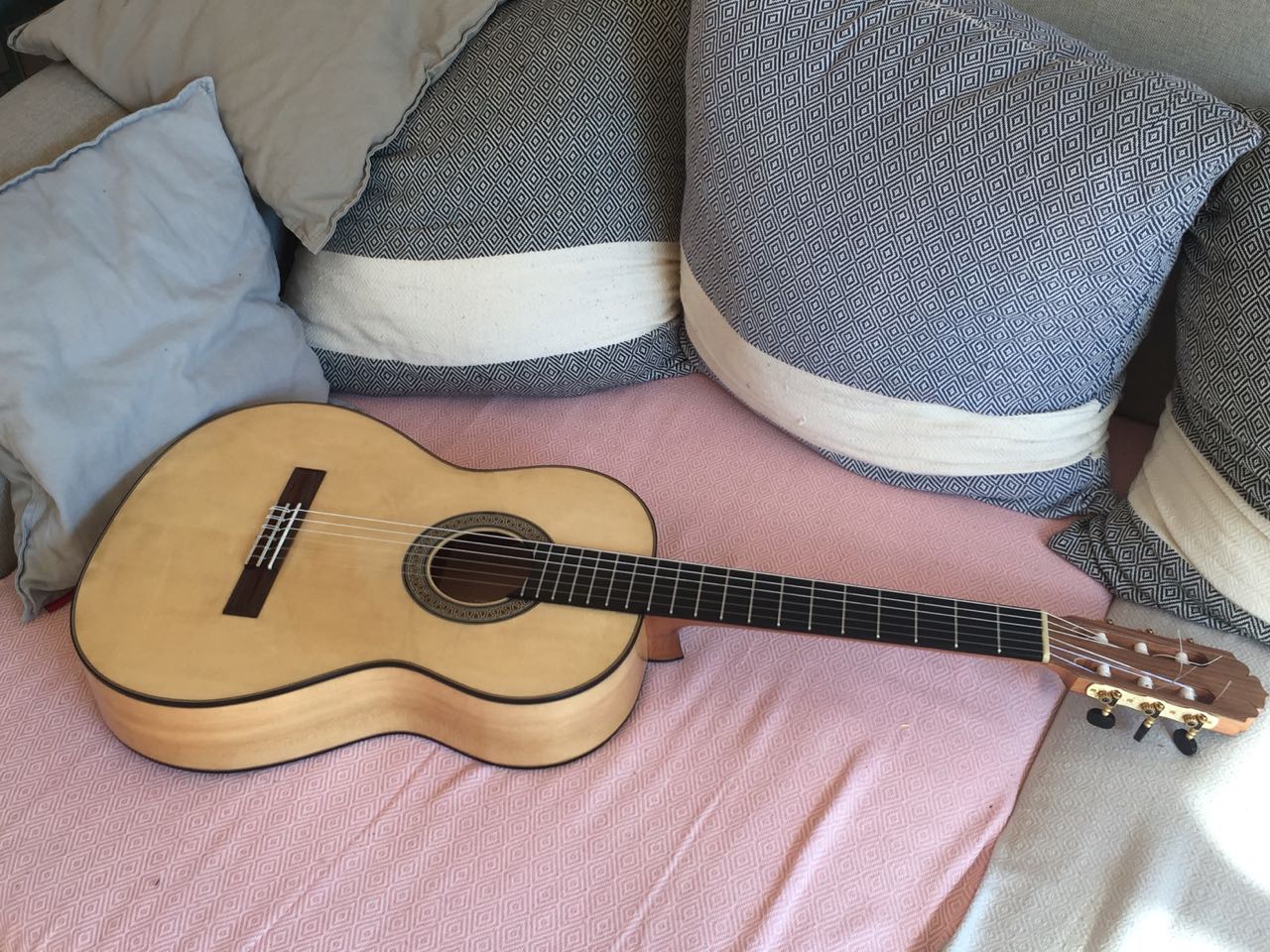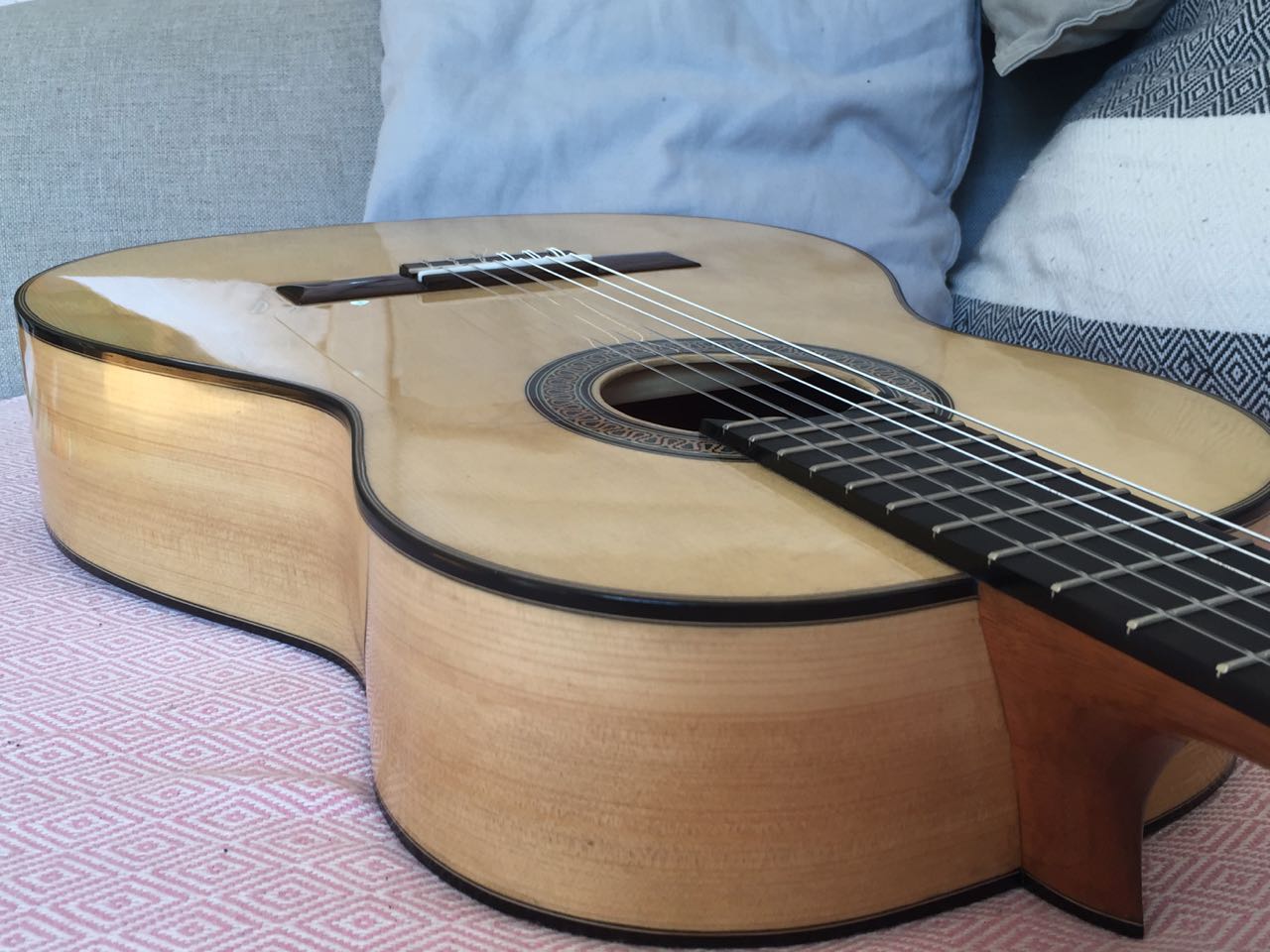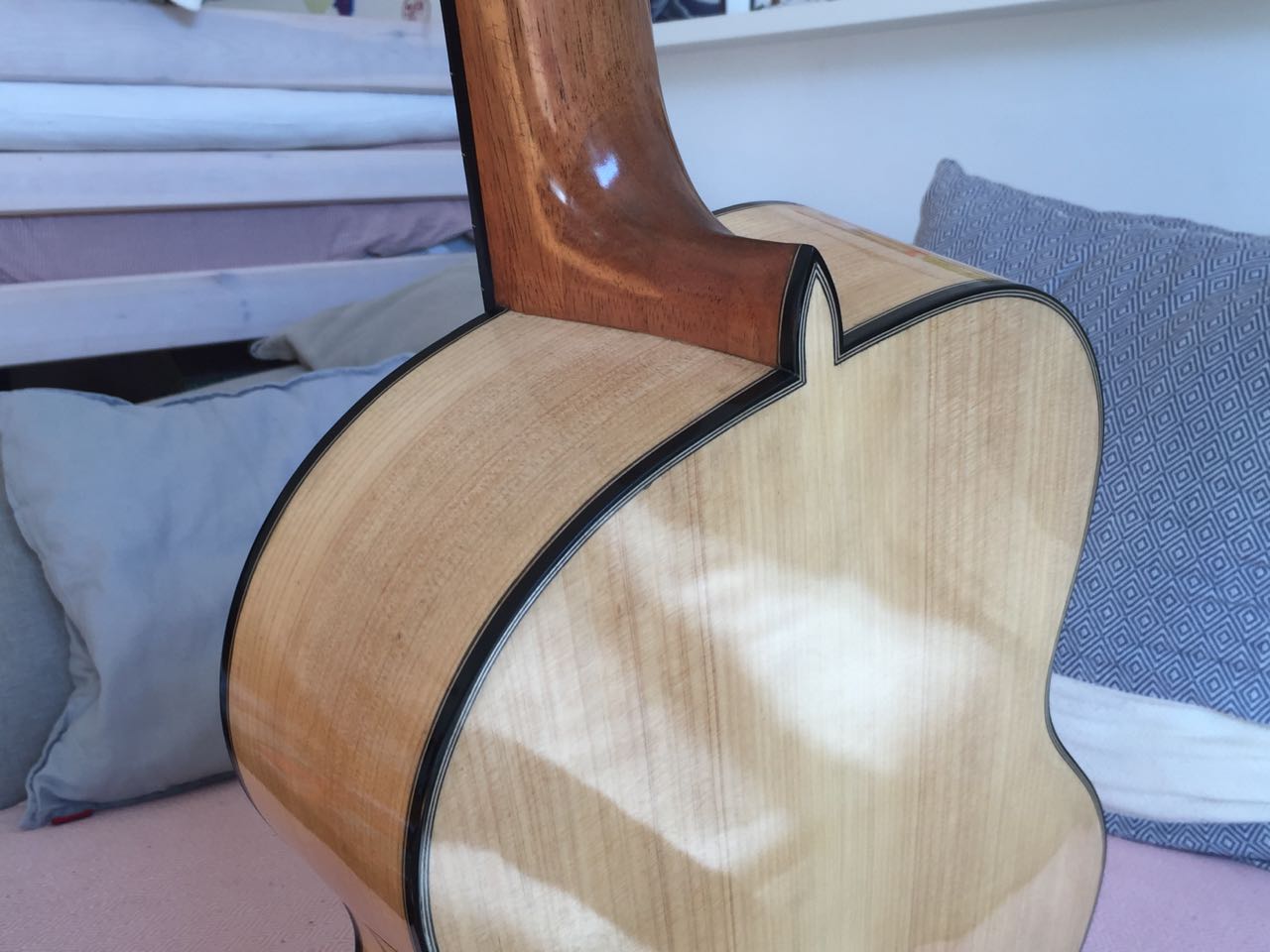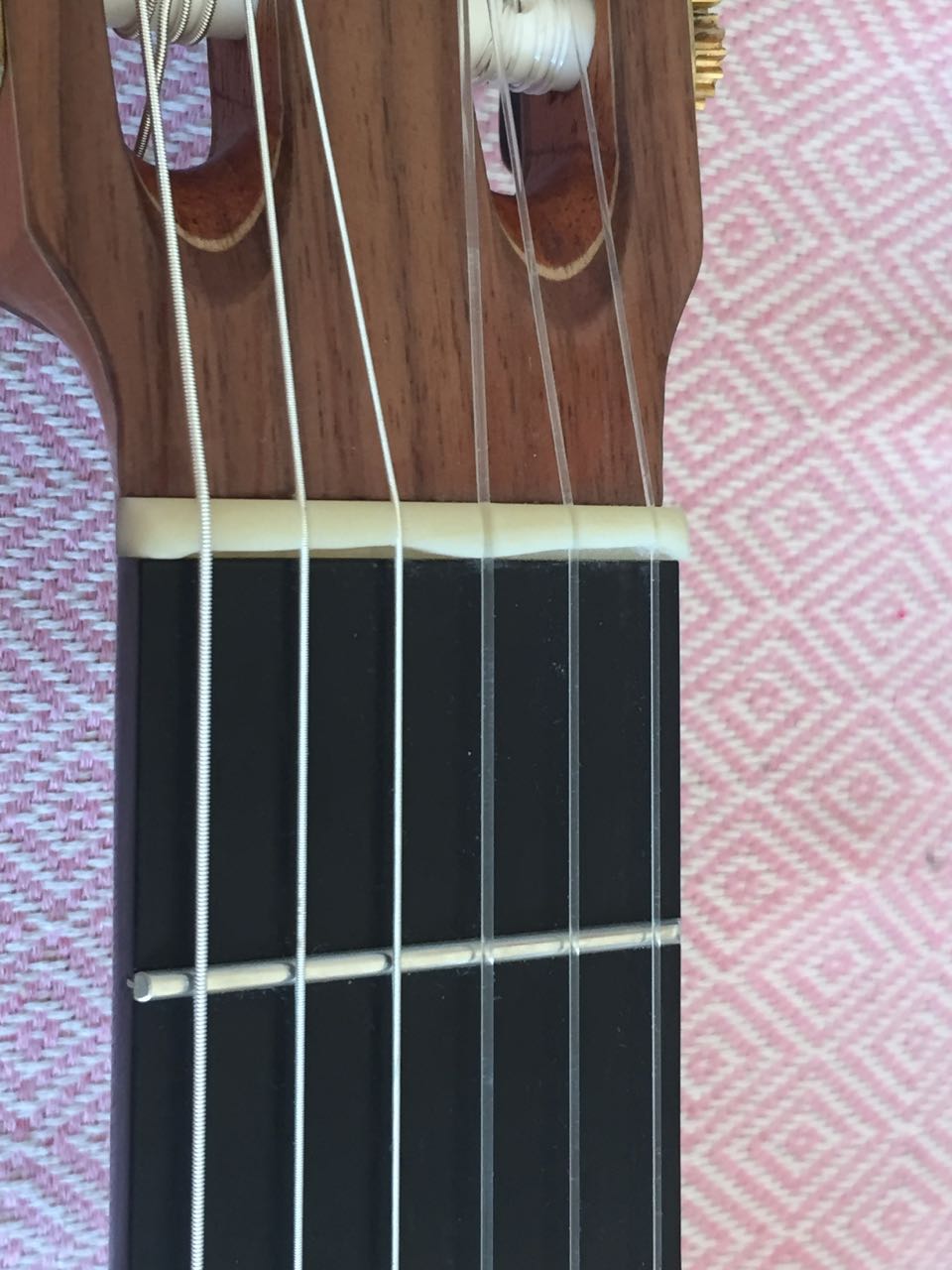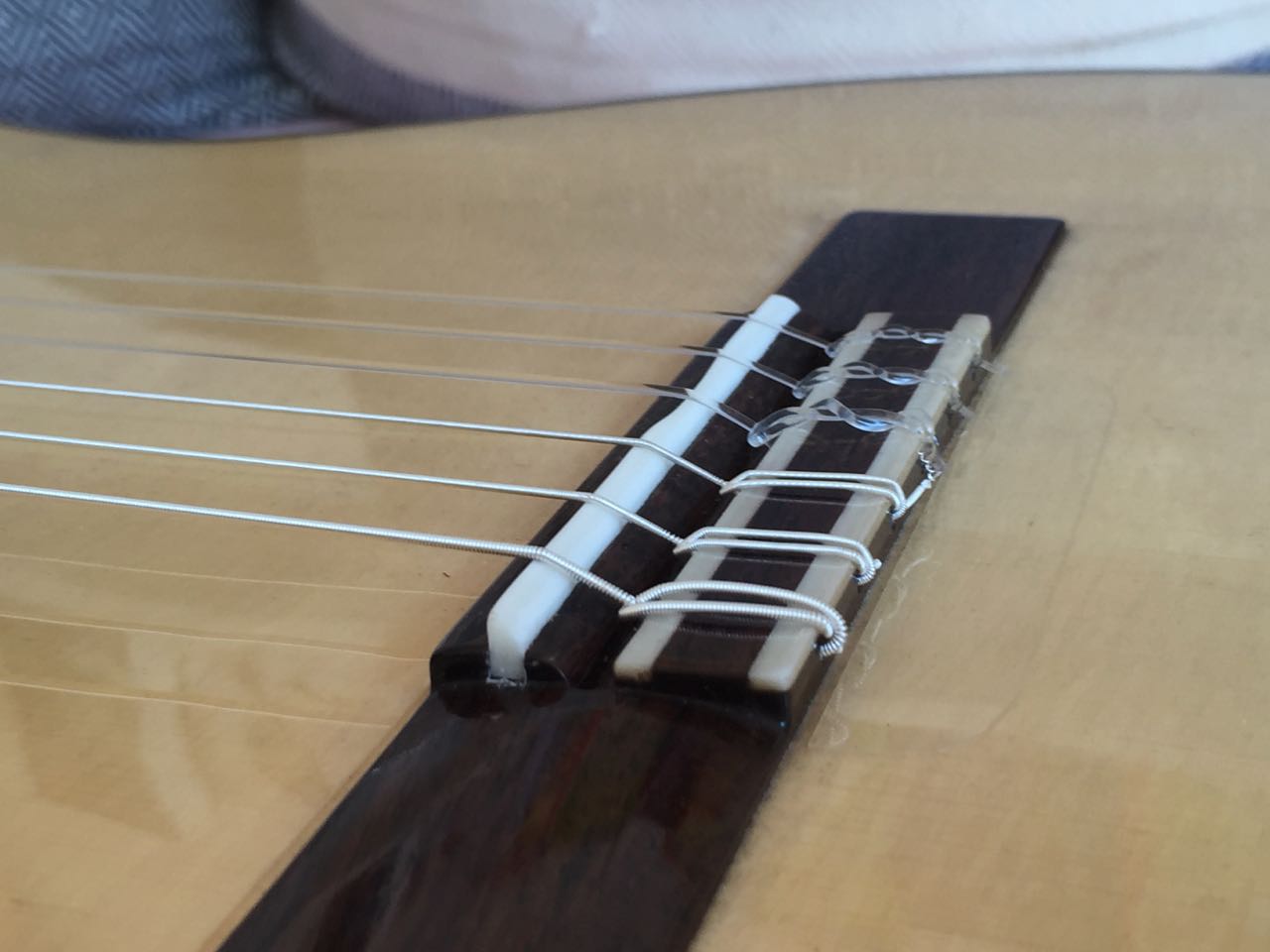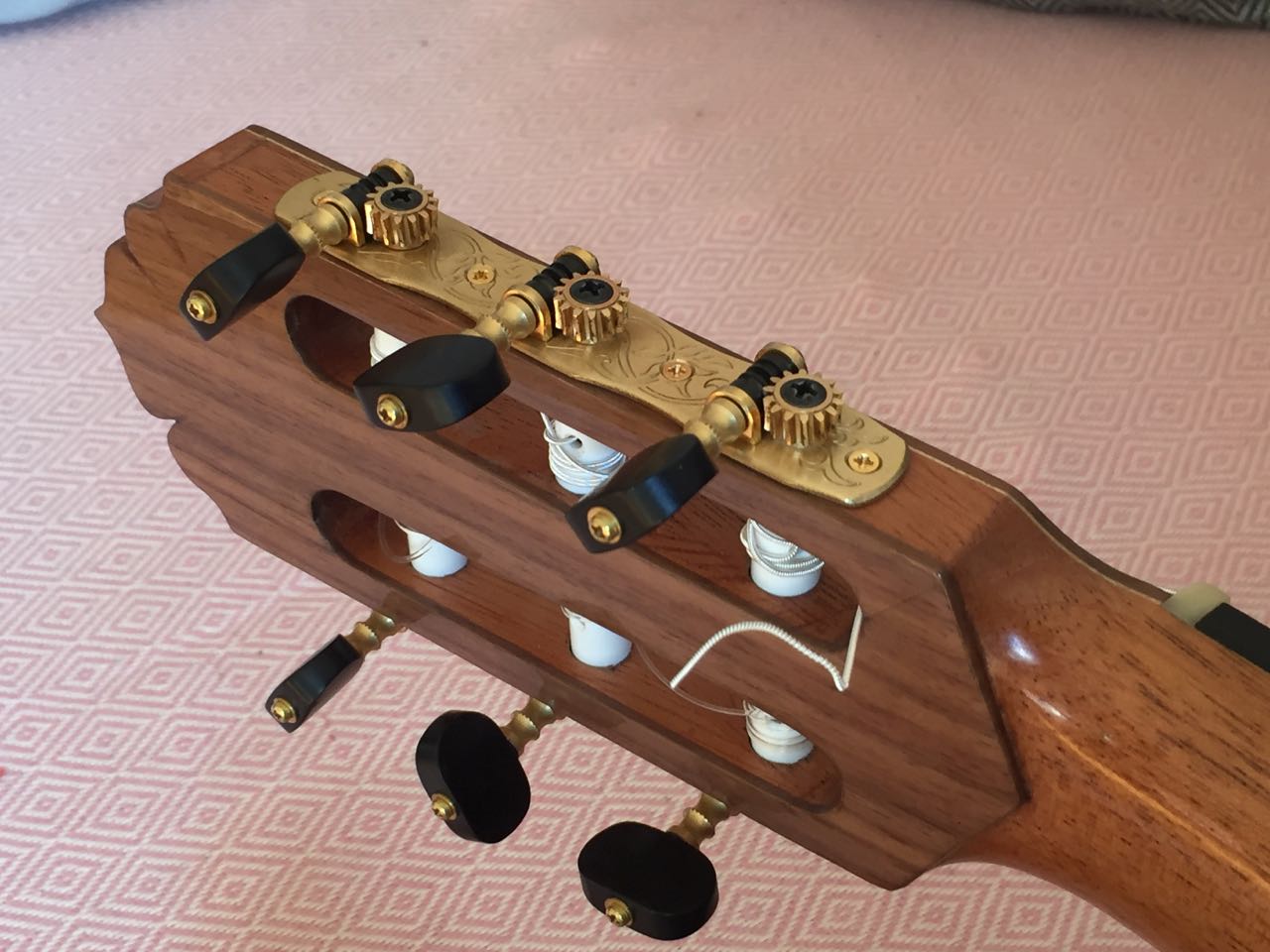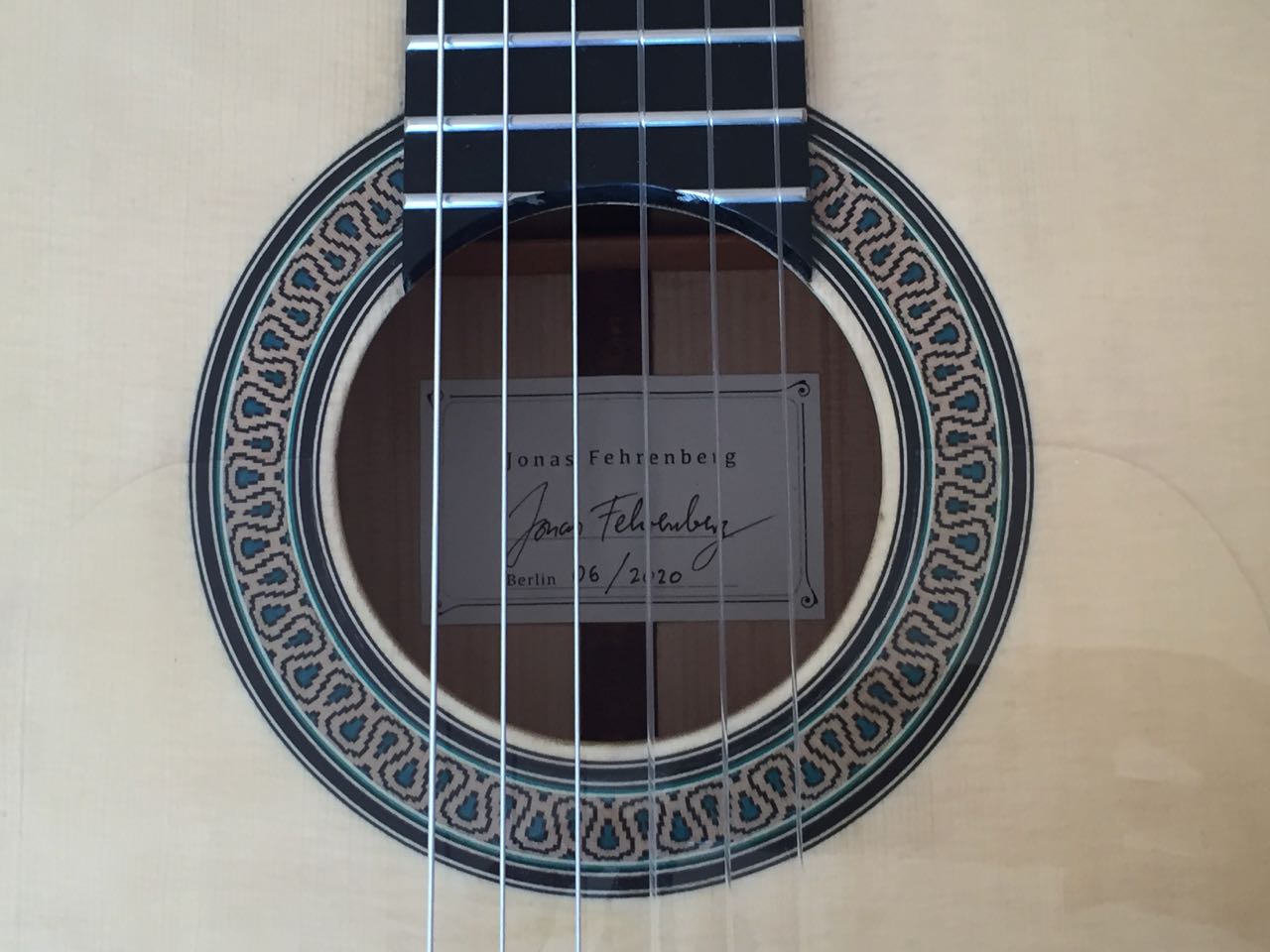|
ernandez R -> RE: Bogdanovich´s method for flamenco guitars (May 27 2020 16:17:04)
|
quote:
ORIGINAL: mango
Thank you guys for all your support!
Somehow my tone is better with the rests of the shellac on my fingernails :-)
Mango,
And olive oil in your hair, you know, if you were doing it right.
If you've done it right your new guitar will become an inspiration to take your playing to the next level.
Speaking of the next level and doing it right, have you started thinking about your next Flamenco guitar?
What would you do differently? What would you tell some one headed down that path of their first build?
And better yet what do you love most about your new girl, go ahead, brag a little, you have earned it.
And lastly welcome to the club con luthiery.
HR
|
|
|
|
